This article was co-authored by Mayami Oyanagi. Mayami Oyanagi is a Physical Therapist and the owner of PT STOP Physical Therapy & Wellness, an individualized physical therapy practice in Los Angeles, California. With over 14 years of experience, Mayami specializes in orthopedic injuries, manual therapy, and sports medicine. She holds an MS in Physical Therapy from the University of Hartford. Mayami is also a board certified Orthopedic Clinical Specialist. She treats the root cause of her client’s problems by utilizing biomechanical assessments.
There are 10 references cited in this article, which can be found at the bottom of the page.
wikiHow marks an article as reader-approved once it receives enough positive feedback. In this case, 91% of readers who voted found the article helpful, earning it our reader-approved status.
This article has been viewed 291,589 times.
Tennis elbow is painful condition that occurs when the tendons in your elbow are stressed by repetitive motions, such as playing tennis or painting. A brace helps support your overworked tendons to temporarily relieve your pain. By choosing a well-fitting brace and putting it on properly, you can relieve your uncomfortable symptoms and get back to your favorite activities. Healing your overworked tendons permanently will require rest rather than just a brace.[1]
Steps
Choosing a Brace
-
1Visit your local sporting goods store for a wide selection. Buy a brace at your local drug store or sporting goods store. Your sporting goods store may have a greater selection of braces and styles, as well as professionals who can help fit you for a brace and show you how to wear it properly.
- If your tennis elbow started after using a new racket, bring your racket to the store. You can ask a store pro if it is a good weight and size for you to ensure it is not contributing to your problem.[2]
-
2Measure the circumference of your forearm 1 inch (2.5 cm) below the elbow. Choose the correct size of brace by taking this measurement with a tape measurer and comparing it to the size chart of the back of the brace package. Sizing usually comes in unisex small, medium, and large.[3]
- Most braces have a foam layer which goes directly against the arm, as well as a woven strap, which provides added support to your overworked tendons. Some braces also come with a small gel pack, which can be frozen and used to relieve swelling.
- Most tennis elbow braces are made to fit either arm. It’s not necessary to choose a side-specific brace.
Advertisement -
3Choose a brace with a strap 1.97 in (5 cm) to 3.15 in (8 cm) wide. Avoid using a brace with a support strap thinner than this, as the strap may be too slim to adequately compress your inflamed tendons. The size of this strap is a greater support factor than the overall size of the brace.[4]
- Some braces are short, only slightly wider than the strap, and others are longer, extending on both sides of the elbow. What style you choose is a matter of personal preference.
- Each brace typically has the support strap in the same place and performs the same job.
-
4Select a brace with a washable fabric, such as cushioned foam. Wash your brace weekly to prevent bacteria growth, especially if you wear it during exercise. Hand wash it in cold water using a dime-sized amount of mild soap. Rinse the brace with clean water, and let it air dry.[5]
- Hand washing ensures that your brace will not get weakened or bent out of shape in the washing machine.
Putting on the Brace
-
1Read the manufacturer’s directions. Read the manufacturer’s instructions to familiarize yourself with your brace. The directions will describe the different parts of your brace and how it should be worn.[6]
- When in doubt, defer to the manufacturer’s instructions over these directions, which are suited to most braces but not all.
-
2Open up the brace. Undo the hook-and-loop fastener straps holding the brace together, and pull the opposite sides of the brace apart. The brace should be open so you can slide it over your arm easily.[7]
-
3Slip the brace onto your arm. Thread your hand and forearm into the brace. Pull the brace up your forearm until the top of the supportive strap is approximately 1 inch (2.5 cm) below your elbow.[8]
- If the brace has a forearm splint in it, rotate the splint side so it is positioned on the thumb side of your arm.[9]
-
4Position the elbow brace with the tendon cushion facing out. Move the brace so the cushioned area that will support your tendon is on the top of your forearm facing outward. This usually means that the strap compressing the tendon will be secured on the underside of your forearm.[10]
- Depending on the brace, this tendon cushion may be an air pack or foam.
-
5Tighten the brace until it is snug but not uncomfortable. Use the adjustable strap to pull the brace snug now that it is in the proper position. You should be able to grip a racket—or make a fist—without the brace restricting your circulation. However, the brace should also be tight enough so it doesn’t move around on your arm.[11]
-
6Make any adjustments for comfort, as needed. Attempt the activity that causes you pain while wearing your brace. If it feels a little tight, loosen it. If it feels like it isn’t giving you enough support, try tightening it. Adjust the brace so you feel the most relief.[12]
-
7Wear the brace whenever you need additional support. Wear your brace when performing your painful activity or while going about your entire day if you want more support. Wearing a brace will not hurt you, unless you’ve put it on incorrectly.[13]
- If you feel unsure about putting a brace on yourself, consult a doctor, tennis pro, or physical therapist. They can all help you feel confident about wearing your brace.
Expert Q&A
Did you know you can get expert answers for this article?
Unlock expert answers by supporting wikiHow
-
QuestionHow often should I wear my brace?
 Mayami OyanagiMayami Oyanagi is a Physical Therapist and the owner of PT STOP Physical Therapy & Wellness, an individualized physical therapy practice in Los Angeles, California. With over 14 years of experience, Mayami specializes in orthopedic injuries, manual therapy, and sports medicine. She holds an MS in Physical Therapy from the University of Hartford. Mayami is also a board certified Orthopedic Clinical Specialist. She treats the root cause of her client’s problems by utilizing biomechanical assessments.
Mayami OyanagiMayami Oyanagi is a Physical Therapist and the owner of PT STOP Physical Therapy & Wellness, an individualized physical therapy practice in Los Angeles, California. With over 14 years of experience, Mayami specializes in orthopedic injuries, manual therapy, and sports medicine. She holds an MS in Physical Therapy from the University of Hartford. Mayami is also a board certified Orthopedic Clinical Specialist. She treats the root cause of her client’s problems by utilizing biomechanical assessments.
Physical Therapist
Warnings
- Due to the nature of this condition, a tennis elbow brace that fits properly should relieve tennis elbow symptoms immediately. If your brace doesn’t relieve your symptoms or makes them worse, contact your doctor for a consultation.[15]⧼thumbs_response⧽
References
- ↑ https://www.mayoclinic.org/diseases-conditions/tennis-elbow/symptoms-causes/syc-20351987
- ↑ https://www.tennisexpress.com/info/racquet-choice-and-effects-on-tennis-elbow
- ↑ https://www.ncmedical.com/wp-content/uploads/2011/07/Tennis-Elbow-Strap_web_11.pdf
- ↑ https://mikereinold.com/are-tennis-elbow-straps-effective/
- ↑ https://www.ncmedical.com/wp-content/uploads/2011/07/Tennis-Elbow-Strap_web_11.pdf
- ↑ https://www.youtube.com/watch?v=a5oC7ts8ieg&feature=youtu.be&t=17
- ↑ https://healthfully.com/wear-tennis-elbow-brace-4922800.html
- ↑ https://www.ncmedical.com/wp-content/uploads/2011/07/Tennis-Elbow-Strap_web_11.pdf
- ↑ https://healthfully.com/wear-tennis-elbow-brace-4922800.html
- ↑ https://www.youtube.com/watch?v=a5oC7ts8ieg&feature=youtu.be&t=20
- ↑ https://www.youtube.com/watch?v=a5oC7ts8ieg&feature=youtu.be&t=33
- ↑ https://www.youtube.com/watch?v=a5oC7ts8ieg&feature=youtu.be&t=41
- ↑ https://healthfully.com/wear-tennis-elbow-brace-4922800.html
- ↑ https://healthfully.com/wear-tennis-elbow-brace-4922800.html
- ↑ http://www.physioworks.com.au/FAQRetrieve.aspx?ID=30956
About This Article
To wear a tennis elbow brace, start by undoing the hook-and-loop fastener straps and pulling the opposite sides of the brace apart. Once you’ve opened your brace, slide it up your forearm until the top of the supportive strap is about an inch below your elbow. Make sure the cushioned area that will support your tendon is on the top of your forearm, facing outward. Then, use the adjustable strap to tighten the brace. If you can make a fist or hold a racket without the brace restricting your circulation, your brace is on properly. Wear your brace whenever you perform a painful activity or keep it on all day for extra support. For more tips from our Personal Training co-author, including how to choose the right brace for you, read on!
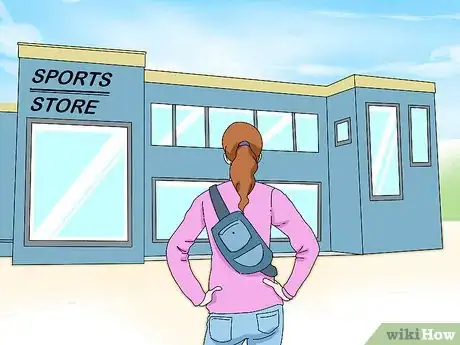
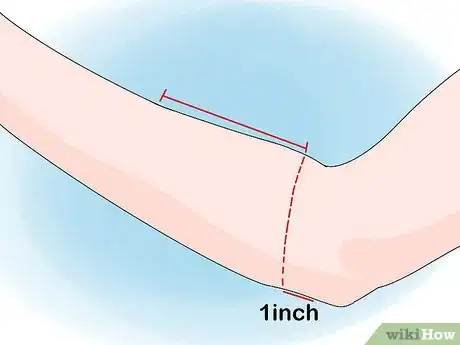
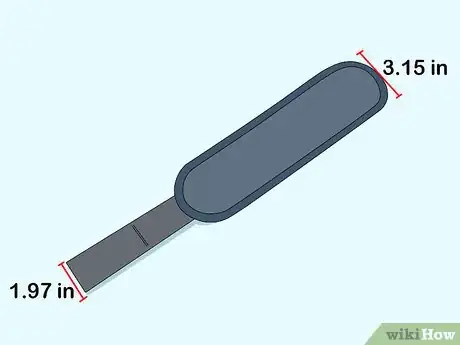
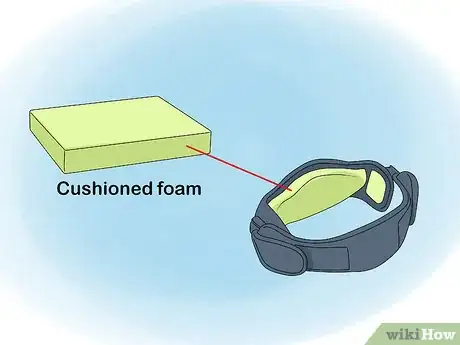
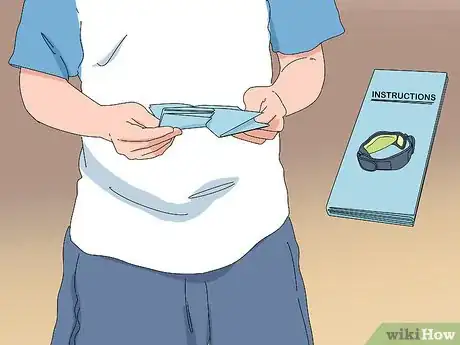
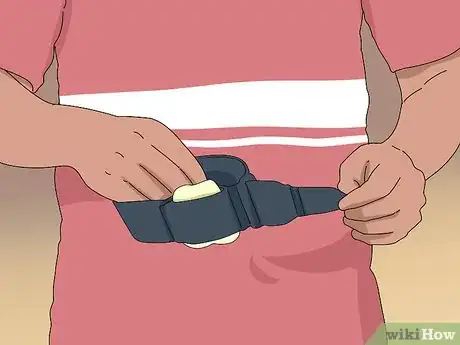
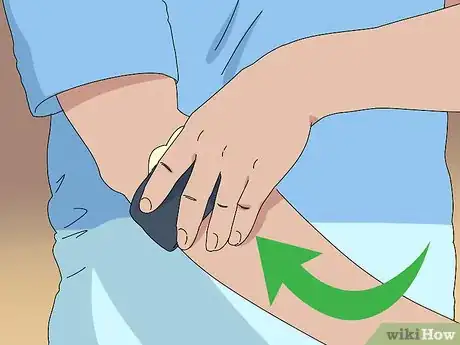
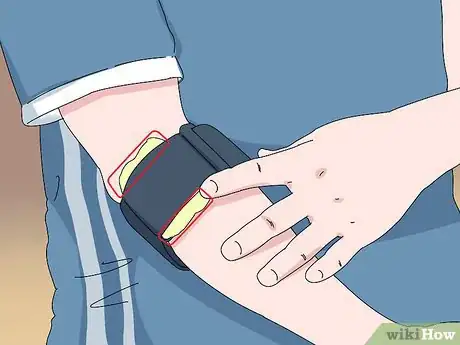


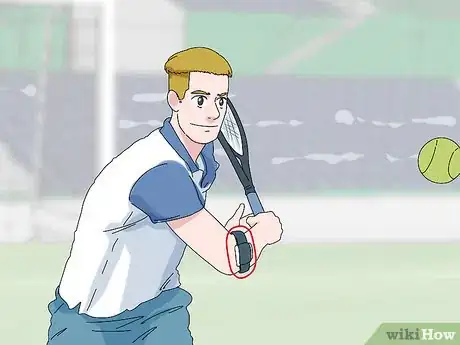
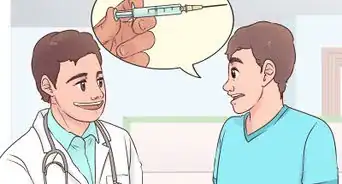
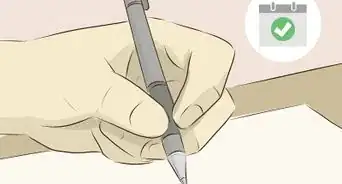
-Step-15-Version-3.webp)
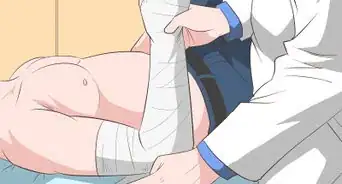
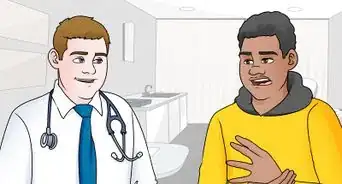
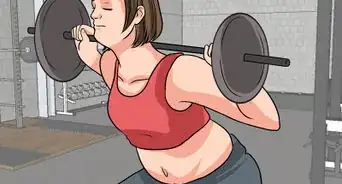
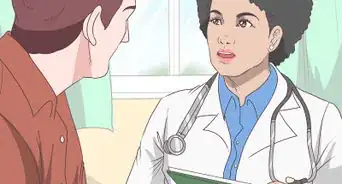


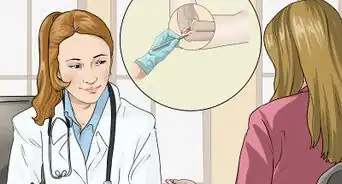

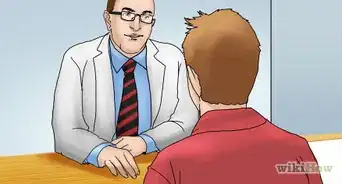
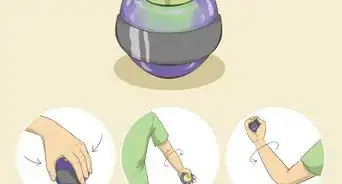










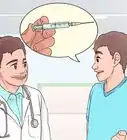
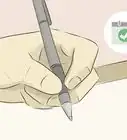
-Step-15-Version-3.webp)




































Medical Disclaimer
The content of this article is not intended to be a substitute for professional medical advice, examination, diagnosis, or treatment. You should always contact your doctor or other qualified healthcare professional before starting, changing, or stopping any kind of health treatment.
Read More...